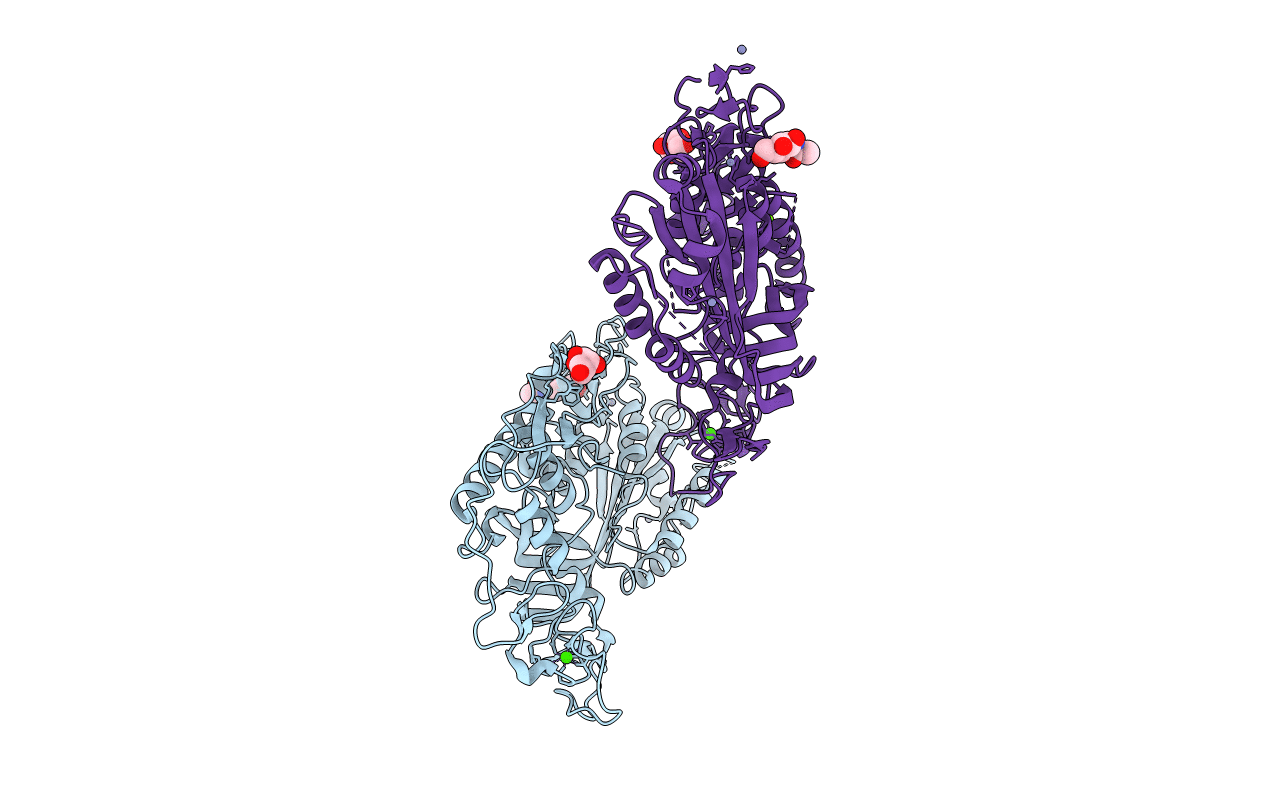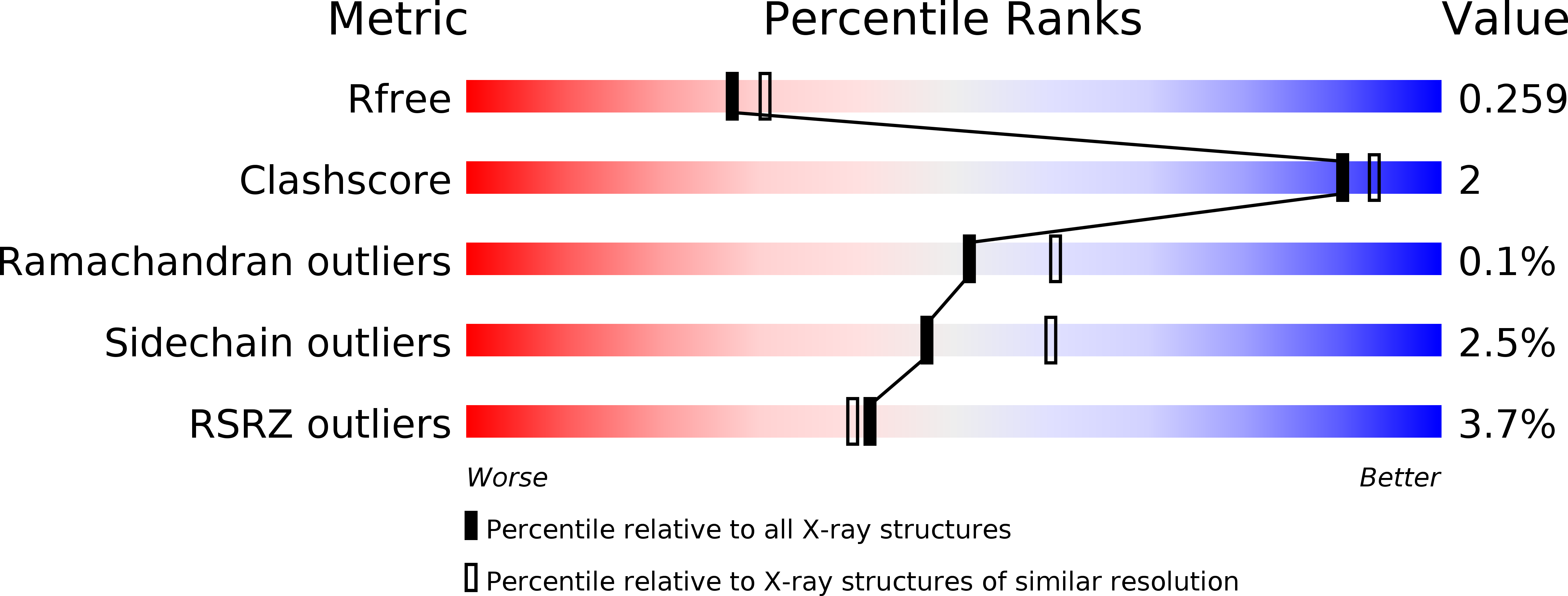
Deposition Date
2018-04-03
Release Date
2018-09-05
Last Version Date
2024-10-16
Method Details:
Experimental Method:
Resolution:
2.20 Å
R-Value Free:
0.25
R-Value Work:
0.20
R-Value Observed:
0.21
Space Group:
P 21 2 21


